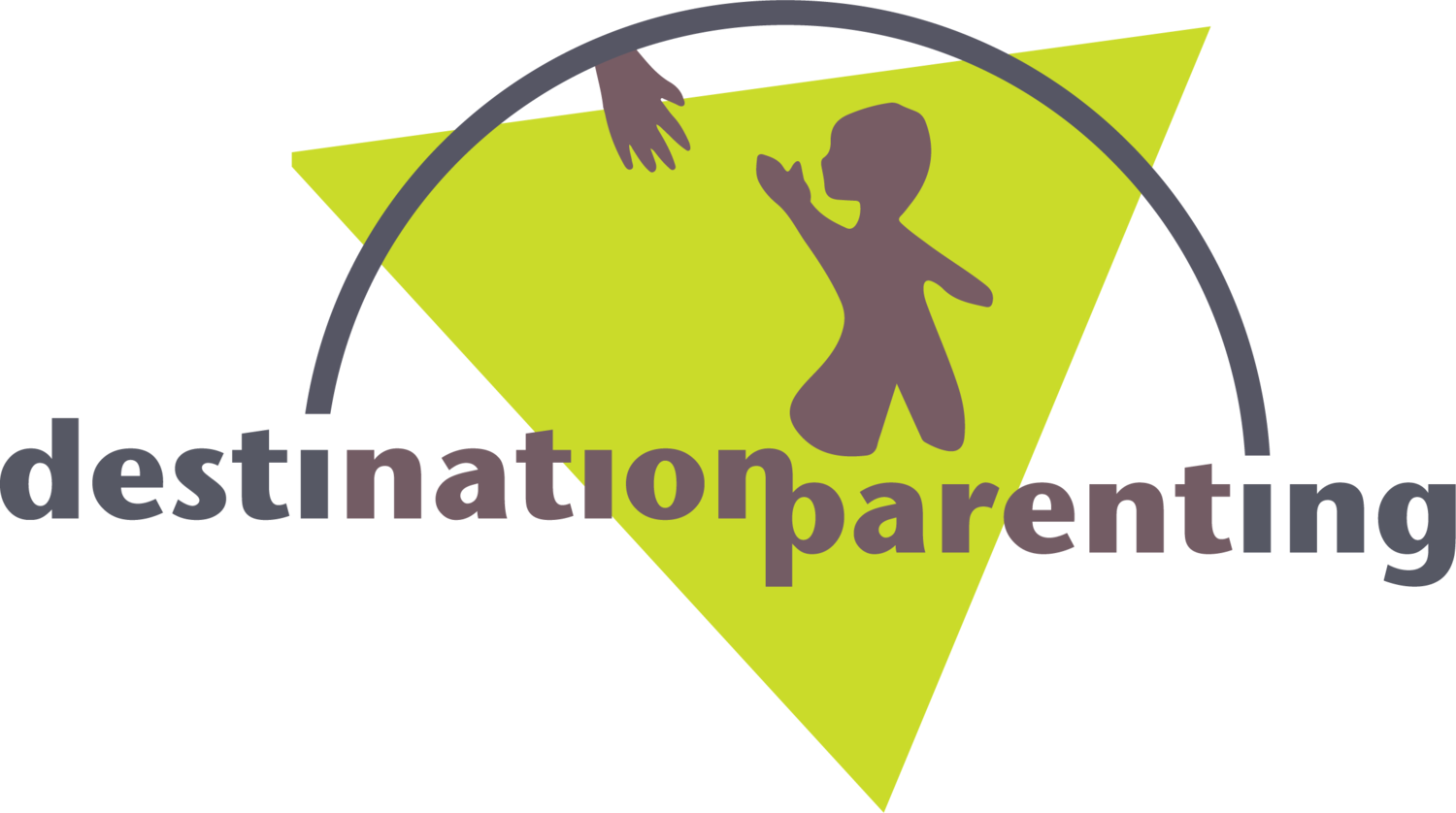Grasp This
As parents we often put a lot of emphasis on the “big” milestones, which usually amount to the first time our baby does something we recognize as learning. Whether it’s a first smile, a first word, or a first step, we celebrate these moments. What we often forget to celebrate, however, are the smaller developments along the way that are key to our baby’s progress. These less visible, mini-milestones – lifting her head up long enough to look around, looking for a pacifier that’s fallen out of sight or reaching out to grasp a toy without tipping over – are just as important to our baby’s future learning.
Why don’t we pay more attention to these mini-milestones? I would argue that one reason is that they are subtle and develop gradually when we’re not looking. Babies don’t need particular toys or other tools to make them happen. They are instead a natural sign of baby’s developing brain. This does not make their accomplishments any less remarkable, just more fascinating to watch, since without them the “big” milestones couldn’t happen!
Take baby’s hands, for example. Parents are so excited when their baby first grasps their finger --- it’s a visible sign of their early connection as a family. In reality, the newborn grasp is simply a built-in reflex, like sneezing or blinking. The true developmental milestone of grasping and releasing objects doesn’t come under baby’s control until many months later! Their tiny limbs then become their best tools for learning about objects in their world in the following order --- their arms, their hands, then their fingers.
What can parents look for?
Notice how your baby’s reaching changes over the course of the first few months. In the beginning, whatever arm and hand movements she makes are fairly random. It’s not until she can intentionally put her thumb in her mouth or reach and bat at a toy on her playmat that she has more control over these movements. At first, she’ll only be able to control one hand’s movement at a time, a good start. But the next step is a big one --coordinating her two hands together is quite an accomplishment for baby. This development allows her to transfer objects from one hand to the other, so she can better explore how they work. Watch in the beginning as she drops her toys accidentally, but how she gradually gets more streamlined in her movements. It’s literally an example of practice makes perfect. Once she’s conquered that goal, she can add such fine motor techniques as rotating her wrists to investigate all sides of an object. You can almost see a little voice saying “Hmmm…what happens when I do this…or this?”
All of this deliberate behavior is not just a sign of her body becoming more coordinated. Behind this progress, she is becoming a pro at judging depths and distances, at understanding how things work, and how much energy an activity takes. This brain-body connection is getting stronger and more integrated through everyday activities that we take for granted as adults. We do notice, for example, how she is becoming more confident in her play, or how much better she is at holding a bottle, tipping a sippy cup, or reaching for the baby powder during diapering.
The other way babies use their hands with increasing sophistication towards the end of the first year is communication. Such simple gestures as pointing at objects or people as they go by in the stroller, or waving bye-bye when they see a door open and close indicate their greater understanding of how the world works. Their bodies are telling us before their mouths can that they want to be part of a conversation about their surroundings. They use their bodies to arch forward and their arms to reach, and their fingers to hold mom’s hair to let mom know that they don’t want to take their nap right now.
It’s a remarkable thing to see babies communicate this way; we as parents just need to take the time to “listen” to their non-verbal sharing. Once they become toddlers and the words do come in, their fine motor hand skills continue to develop. Now, though, the goals are more about independence and the “I do’s” of strapping themselves into the high chair or feeding themselves with their newly found pincer grasp or washing their own face in the tub. Getting dressed can become an all-day affair as they work hard to refine their finger skills even further.
*********************************
Maureen O’Brien, PhD is a developmental psychologist and mother of twins who lives in Boston. She lectures and consults on child development and parenting issues and is the author of the parenting series, Watch Me Grow: I’m One-Two-Three.



